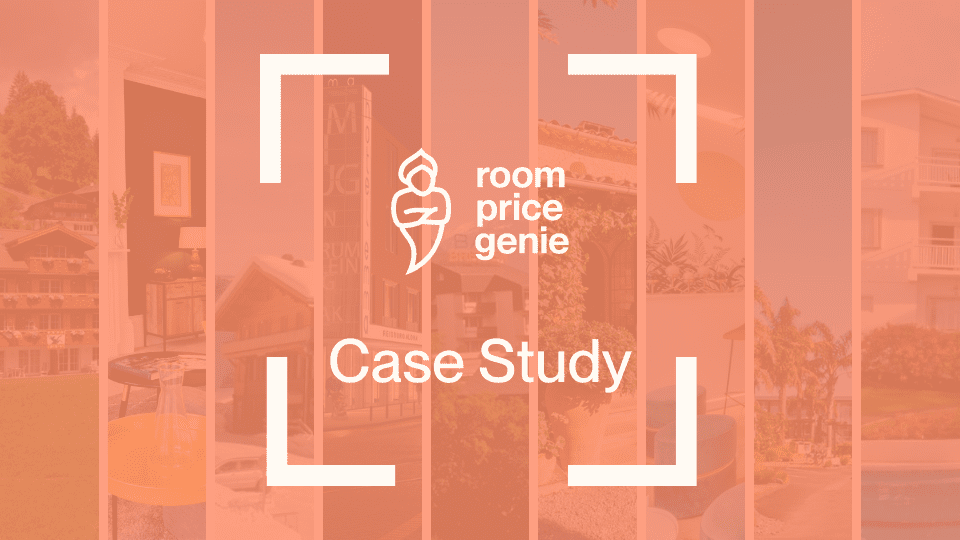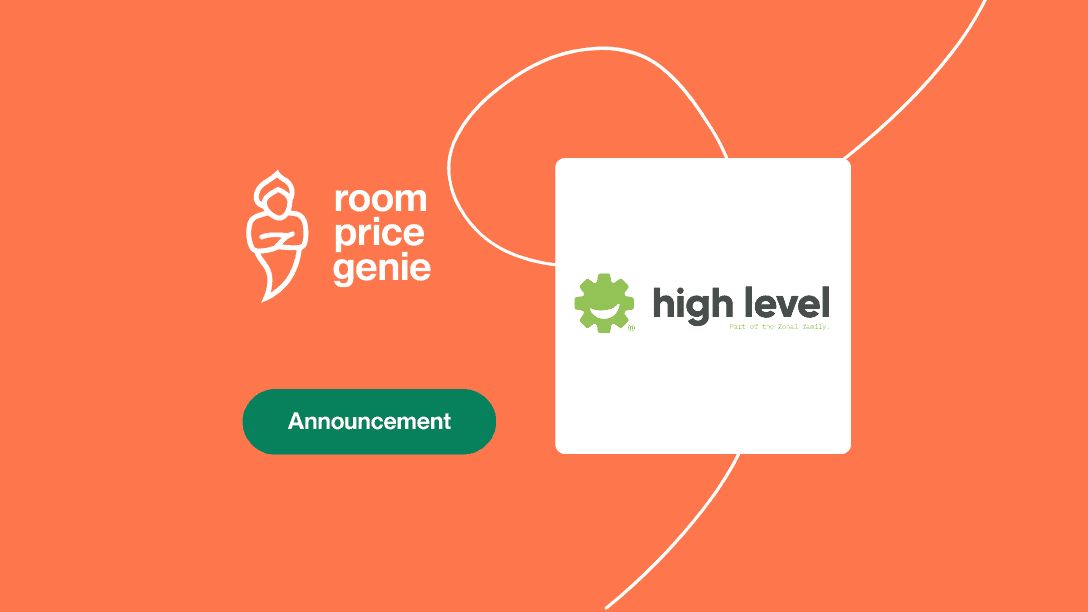How do you structure your rate structure?
A tidy desk is a tidy mind! The same goes for the many software programs used in the hotel. Still, we often find PMS systems polluted with many old settings and data that the users need help understanding. This happens especially in cases where the system was installed a long time ago, and the people who did the initial set-up long left the hotel.
When talking to hoteliers, I regularly hear that the system needs to be fixed and that PMS and all connecting apps and software, like channel managers and bookkeeping software, must communicate more effectively. The result is frustrated employees, wrong data, unnecessary labour hours, lower profitability and, worst of all, dissatisfied guests leaving bad reviews.
In this blog, I am focussing on the rate structure in the PMS system, as this is one of the core building blocks for running a profitable hotel. The rate structure needs to be kept straightforward, uncluttered and manageable. The slow breakdown of the rate structure is often an unseen and unacknowledged danger within many hotels, usually caused by staff turnover, bad or no documentation and the evolution of added software systems connected to the PMS. And since hotels depend on so many specialized software solutions, it’s too important to ensure the system works for us rather than the other way around.
For many independent hotels, we at Hospitality Skills, manage website rates separate from the OTA and corporate rates. We aim to address these rates independently, both on a pricing level and with different restrictions. Especially the restrictions allow us to manipulate the booking patterns and drive bookings to the hotels’ website. With prices derived from the BASE rate into sub-base rates, it keeps the structure tidy, clear, and easy to understand for everybody.
Rate price setting
Due to the structural setting, you could change the value of the difference between the website and OTA prices. Now we know that the OTA’s ask to have rate parity for all online published prices, but in the last years, they can’t demand this any longer due to several case laws in different countries in the EU. Though they still hold the right and ability to lower the hotel’s ranking if their rate is higher than found elsewhere on the internet, this is mostly done when the price difference is more than 2% between the leading OTA’s and not the own website.
With the knowledge that the big OTA’s have standard member discounts (mind that the word ‘member’ is to be taken lightly) of 10%, the difference between the hotel’s web rates and the OTA rates should be at least 10% or more. Also, the travel agencies have a commission between 12% and 22%, which gives space for the website price to be lower.
Rate restriction settings
To get the strategy of the restriction settings correct, we need to know which periods have a higher demand and which times the market demand is lower. For high-demand days, we can apply the following tactics:
- The minimum stay of the OTA rates should be at least one day longer than hotel website rates, allowing customers to favour direct bookings once they can’t find availability at the travel agency sites.
- Close the OTA rates for specific periods when demand exceeds the supply excessively.
- Close the OTA rates when you want to sell your last rooms via your own website.
- Close certain room types at the OTA’s, which are more preferred by direct bookers or by corporate travellers, which have contracted rates.
The ability to steer the guests to book at the hotel’s website is also dependable on the factors which influence the website’s findability (SEO, google ads, etc) and the attractiveness and ease of booking on the website. Results have shown an increase in direct bookings from 15% to 45% annually.
The above setting is easy to manage and straightforward for all employees. New rates can easily be added or taken out and are easy to connect to channel management systems. This way, the systems the hotel is using, are supportive of the business rather than the other way around. A clear rate structure will help your hotel and your team run a successful hotel!
This article is written by Arnaud Loos, Founder of Hospitality Skills.
Want to learn more about how we at RoomPriceGenie handle rate structures?
Book a demo of and learn how hoteliers like you are using RoomPriceGenie to drive revenue through better pricing.
Reach out today. We’d love to connect.










